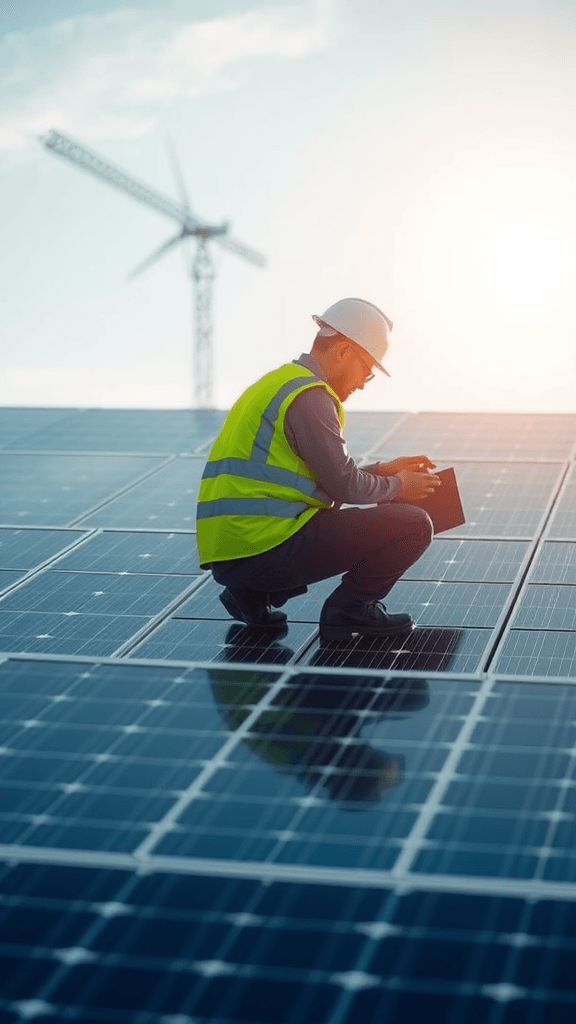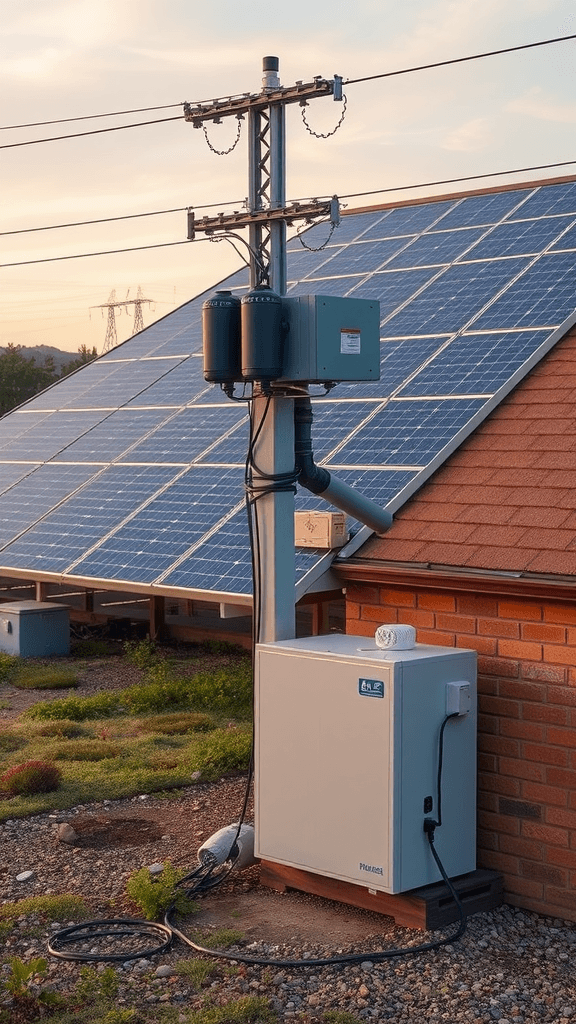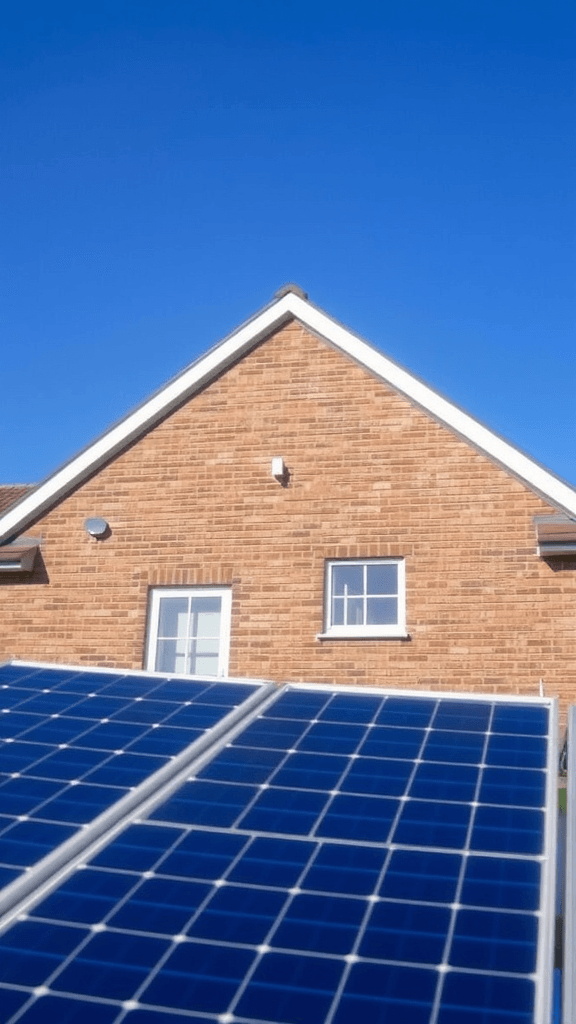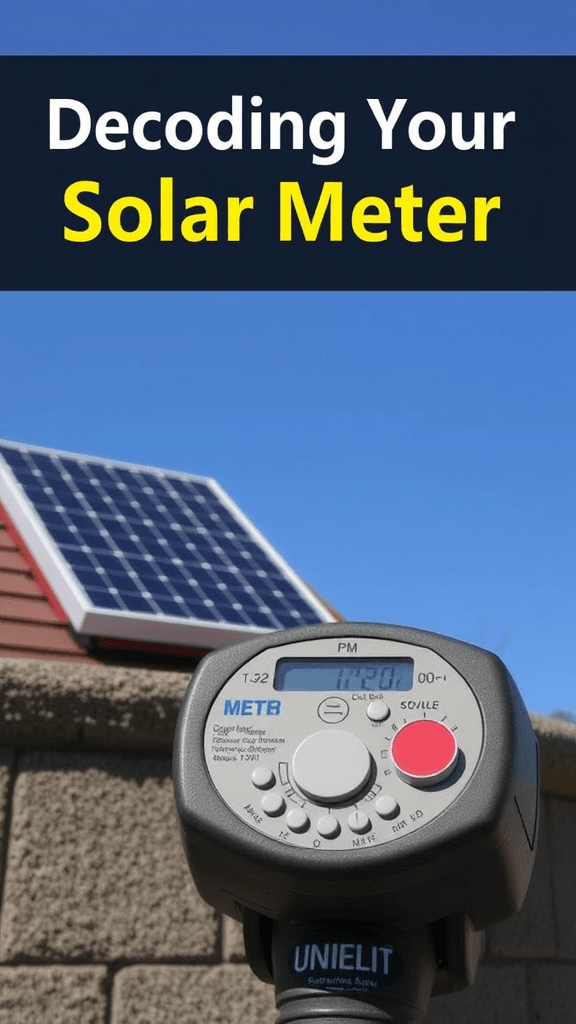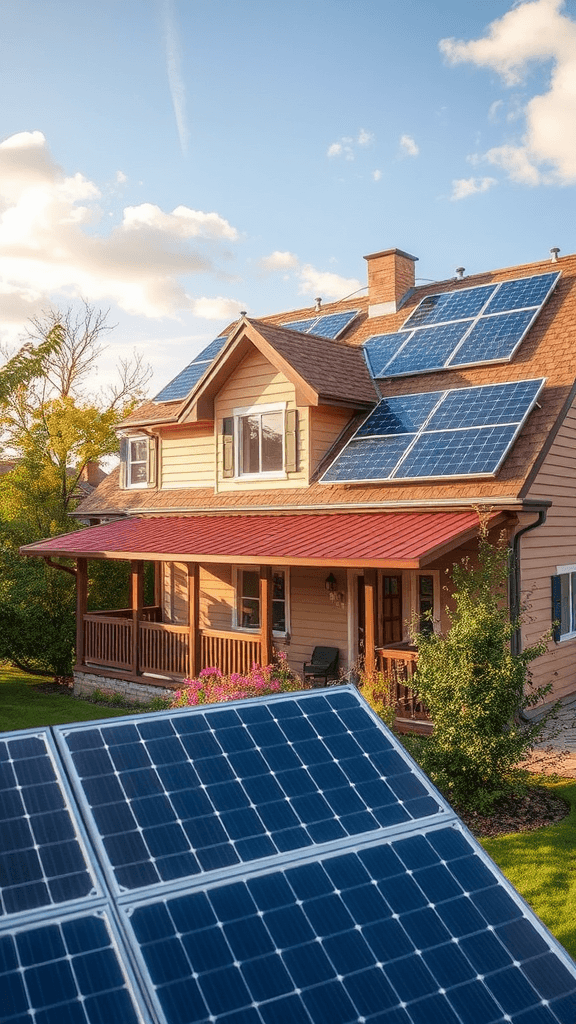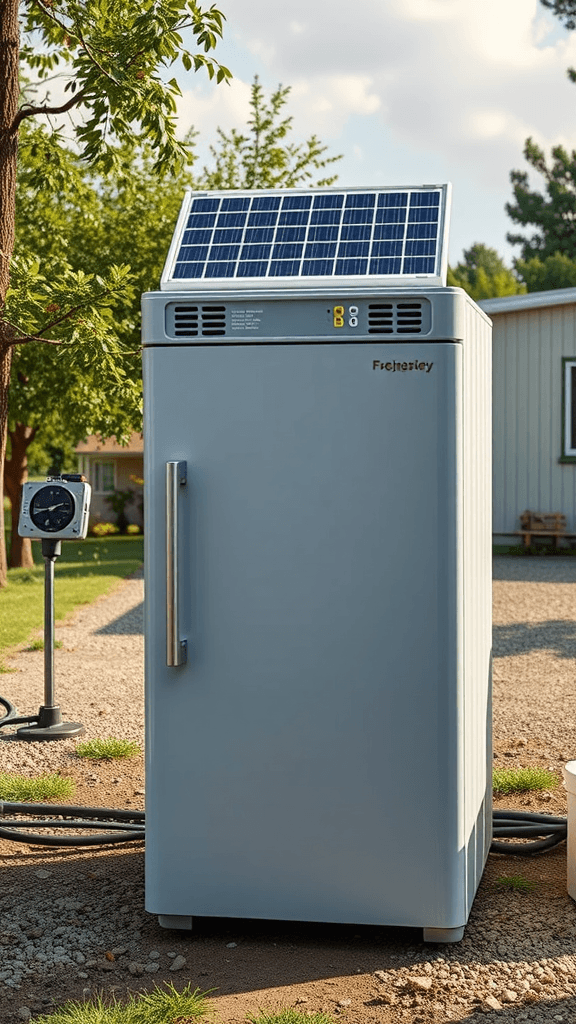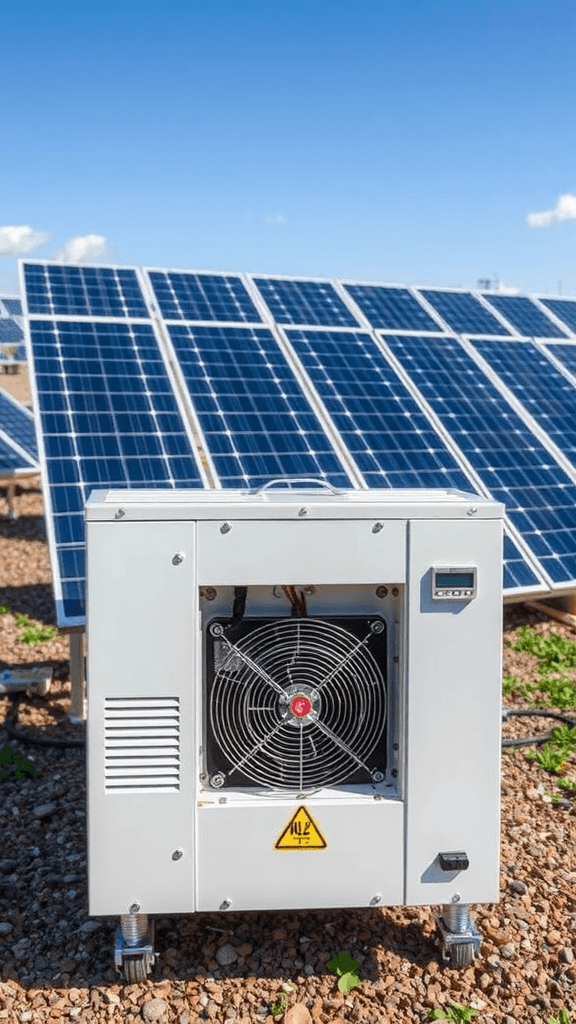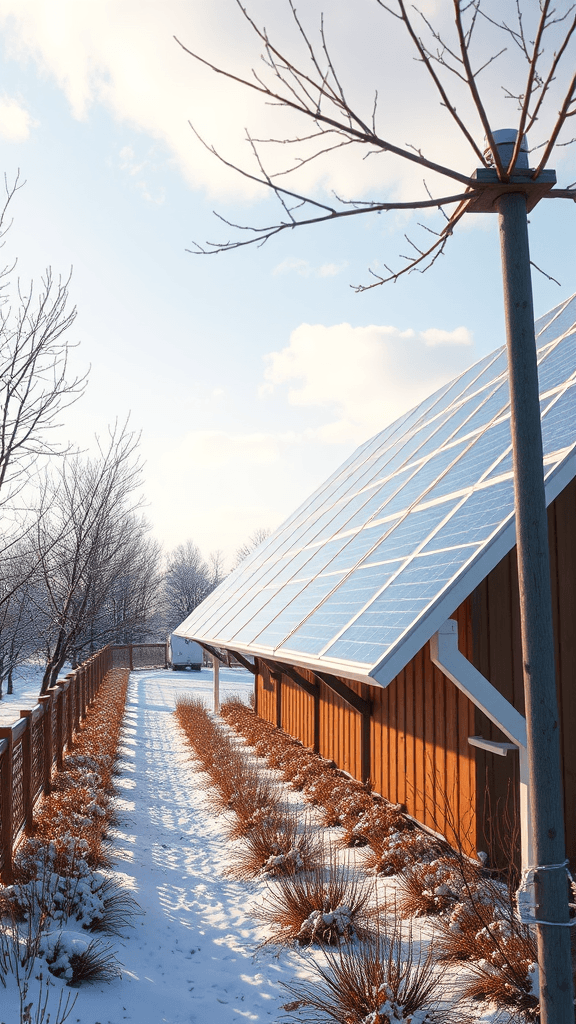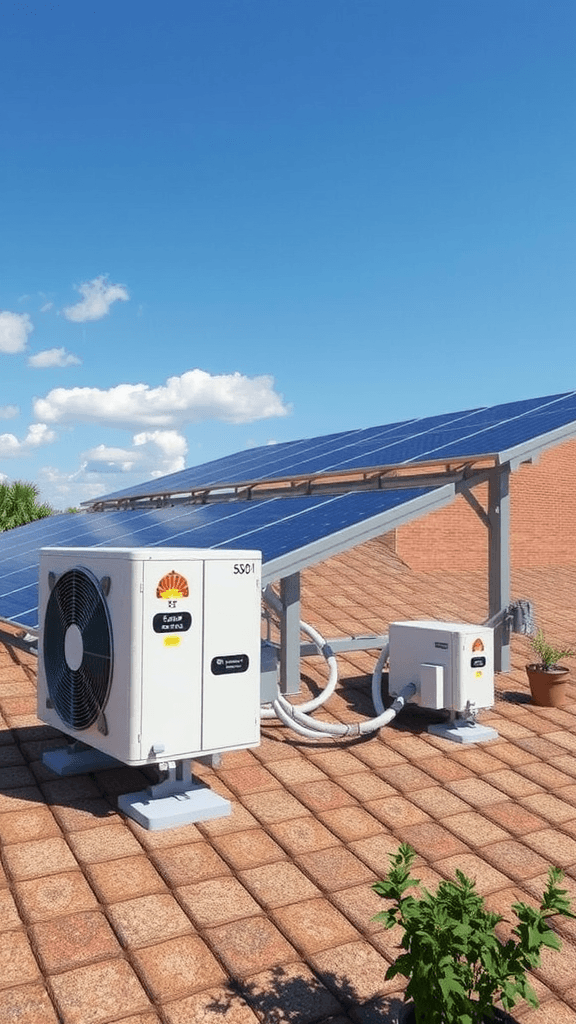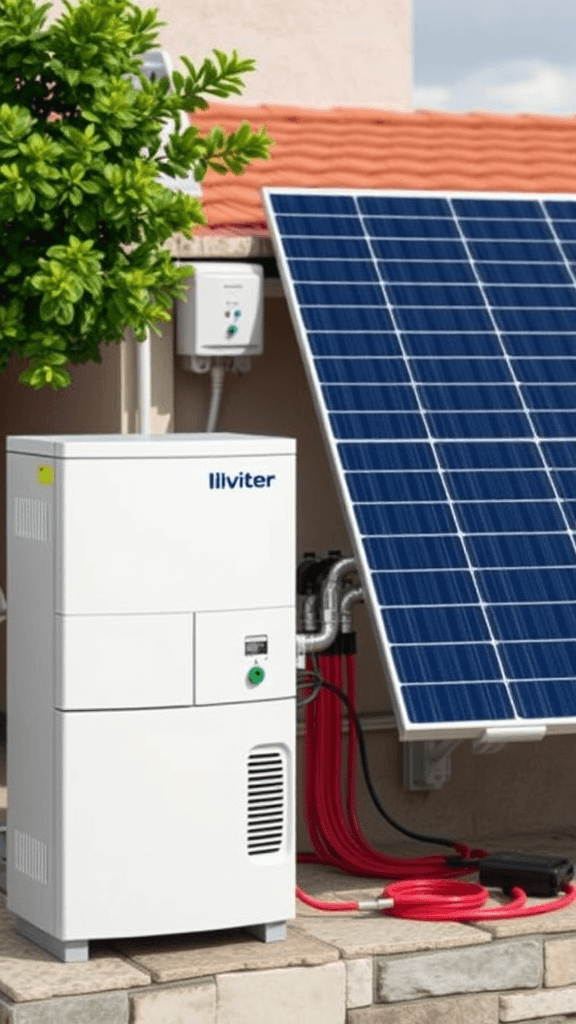BTU Vs. Watts: Sizing Solar Systems For Air Conditioning
Understanding BTU vs. Watts: How They Impact Solar System Sizing for Air Conditioning
Decoding BTU and Watts in Air Conditioning
When sizing solar systems for air conditioning, understanding the difference between BTU and watts is crucial. These two measurements serve different purposes but both impact how you design your solar setup. BTU, or British Thermal Unit, measures the cooling capacity of an air conditioner, while watts indicate the electrical power the unit consumes to operate.
To explain further, BTU reflects the amount of heat an air conditioner can remove from a room in one hour. The higher the BTU rating, the larger the cooling capacity. For example, a 12,000 BTU air conditioner can remove 12,000 British Thermal Units of heat per hour. Watts, on the other hand, tell you how much energy the air conditioner uses to run.
This distinction is important because when you’re sizing your solar power system, you need to calculate how much electrical power your AC unit will draw, not just how powerful its cooling is.
Why BTU Doesn’t Directly Determine Solar Power Needs
Many people get confused between BTU and watts, thinking that a higher BTU means higher power usage. While it’s true that larger capacity AC units generally consume more electricity, BTU alone can’t tell you the exact power requirements.
For instance, two air conditioners might both have a 10,000 BTU cooling capacity, but one might be far more energy efficient than the other. One unit might use 1,000 watts, while another could use just 800 watts to produce the same cooling effect. Efficiency ratings like the Energy Efficiency Ratio (EER) or Seasonal Energy Efficiency Ratio (SEER) help clarify this difference, but these also correlate to the watts consumed rather than the BTU rating directly.
Converting BTU to Watts for Better Solar Sizing
To size a solar system accurately, converting BTU to watts is a helpful step. Though this is a rough conversion because watts measure electrical power and BTU measures thermal energy, it can guide initial calculations.
One watt of power can remove approximately 3.41 BTUs of heat per hour in ideal conditions. Therefore, to find the electrical wattage for a certain BTU air conditioner, you can divide the BTU rating by 3.41:
- Watts = BTU ÷ 3.41
For example, an air conditioner with a 12,000 BTU rating divided by 3.41 equals roughly 3,520 watts of power needed. However, keep in mind that most air conditioners don’t run at 100% capacity continuously and include efficiency losses, so this serves as a starting point rather than an exact requirement.
Calculating Solar Power for Your AC Unit
After estimating the watts your AC will draw, you can determine how big your solar system must be to support it. Here are key factors to include in your calculation:
- Power Consumption: Use the watts consumption data from your AC unit or estimate it through BTU to watt conversion.
- Run Time: How many hours per day you plan to operate the air conditioning.
- Solar Panel Output: Average watts generated by your chosen solar panels under sunlight conditions.
- Battery Storage: Required storage capacity to run the AC during cloudy times or when solar isn’t generating.
- Inverter Capacity: The inverter must support the peak wattage drawn by the AC.
For example, if your AC uses approximately 1,500 watts and you use it for 6 hours daily, your daily consumption is 9,000 watt-hours or 9 kWh. To generate this amount, solar panels and battery storage should be chosen to handle more than 9 kWh to account for energy loss and inefficiencies.
Optimizing Solar System Size Using BTU and Watt Information
Knowing both BTU and watt values helps you optimize your solar system size efficiently. Here’s how to strike the balance:
- Select Efficient AC Units: Look for ACs with higher EER or SEER ratings, which use fewer watts to produce the needed BTU cooling.
- Focus on Real Power Draw: Use actual watt consumption from the manufacturer rather than just BTU numbers.
- Account for Peak Demand: Make sure the solar inverter and batteries can handle peak wattage even if the average consumption is lower.
- Consider Usage Patterns: Running AC during peak sunlight hours maximizes solar use and reduces battery size requirements.
Practical Example for Residential Air Conditioning
Suppose you have a 9,000 BTU air conditioner. Converting using the formula, this would roughly need 2,640 watts if running continuously at full capacity (9,000 ÷ 3.41). However, typical window units of this capacity generally draw between 800 and 1,000 watts in real-world operation due to cycling on and off and efficiency features.
If your system runs for 5 hours a day, the estimated daily consumption is around 4,500 to 5,000 watt-hours. To support this with solar, you’d design a system with solar panels that can produce about 1 to 1.2 kW during peak sunlight and a battery bank capable of storing at least 5 kWh of energy.
By focusing on watts—from both direct measurements and calculated estimates—you ensure your solar system can adequately power your air conditioner without oversizing or undersizing.
Final Thoughts on Using BTU vs. Watts for Solar Sizing
While BTU explains how much cooling power an air conditioning unit provides, watts reveal how much electricity it consumes. For anyone sizing solar systems to power air conditioners, focusing on watts and understanding energy consumption is essential. BTU helps you understand cooling needs, but watts guide your solar panel and battery selection.
By converting BTU to watts and then factoring in actual usage and efficiency, you can create a tailored solar solution that balances performance, cost, and energy use. This approach not only optimizes your system but also enhances comfort throughout hot seasons with renewable, sustainable energy.
Practical Steps to Calculate and Optimize Solar Power for Efficient AC Performance
Understanding the Power Requirements of Your Air Conditioner
When sizing a solar power system for your air conditioner, the first practical step is to understand the cooling capacity of your AC unit. This is typically expressed in BTUs (British Thermal Units), which measure the amount of heat the air conditioner can remove from a room per hour. The higher the BTU rating, the larger or stronger the cooling capacity of the unit.
However, solar power systems are rated in watts, a unit of electrical power that represents energy consumption or output. To design a solar system that meets your AC’s needs, you need to convert BTUs to watts since your panels and inverter work with electrical power.
How to Convert BTU to Watts
The conversion from BTUs to watts is straightforward but crucial for accuracy. One BTU per hour is equal to approximately 0.293 watts. This means you multiply the total BTU rating of your air conditioner by 0.293 to find out the wattage required to run your AC unit.
For example, an air conditioner rated at 12,000 BTU/hour will require roughly 3,516 watts (12,000 x 0.293) of electrical power to operate at full capacity. Keep in mind this represents the theoretical power consumption, and real-world factors such as efficiency and energy losses may adjust this figure.
Factoring in Power Consumption for Solar Sizing
After converting BTUs to watts, consider the actual power draw of your air conditioner. The rated watts reflect ideal conditions, but devices consume peak power at startup, known as surge power. To ensure your solar system operates smoothly, include a margin—usually 20% above the calculated watt requirement—to handle these peaks.
Also, evaluate the running time of your AC. How many hours per day do you plan to operate your unit? Multiply the wattage by the daily hours of use to estimate daily energy consumption in watt-hours. This figure determines how much energy your solar panels and batteries must supply each day.
Determining Solar Panel Capacity and Battery Storage
Once you have the daily energy consumption in watt-hours, you can calculate the solar panel capacity needed. Solar panels’ output depends on peak sun hours—the average number of full sunlight hours your location receives per day. Divide your daily watt-hours by peak sun hours to find the minimum solar panel wattage required.
For instance, if your air conditioner uses 10,000 watt-hours daily and your location receives 5 peak sun hours, you’ll need at least a 2,000-watt solar array (10,000 ÷ 5) to generate sufficient energy each day.
Energy storage is equally important for nighttime or cloudy days when panels can’t produce electricity. Battery capacity should cover your AC’s energy needs during these periods. Choose batteries with enough amp-hours to supply power for the anticipated backup duration without deep discharging, which shortens battery life.
Optimizing Your System for Efficiency
Beyond correctly sizing solar panels and batteries, optimizing your AC and solar system will maximize efficiency and reduce costs:
- Use Energy-Efficient AC Models: Look for air conditioners with high SEER (Seasonal Energy Efficiency Ratio) ratings. Efficient models consume less power for the same cooling output.
- Implement Smart Controls: Use thermostats and timers to run your AC only when needed, minimizing unnecessary energy use.
- Regular Maintenance: Keep your air conditioning unit clean and serviced to prevent excessive power consumption caused by clogged filters or worn components.
- Consider Inverter AC Units: Inverter models adjust compressor speed for consistent temperature control and use less energy compared to traditional units.
Adjusting for Seasonal and Environmental Variability
Solar power availability fluctuates with seasons and weather. To avoid undersizing your system, analyze historical sunlight data and plan for worst-case scenarios. Adding extra solar panel capacity or battery storage can provide a buffer against low sunlight periods.
In some cases, integrating a hybrid solution—combining solar with grid power or generators—ensures uninterrupted AC performance without over-relying on solar energy alone.
Monitoring and Maintenance for Sustained Performance
After installation, continuous monitoring of your solar power system is essential. Use monitoring tools or apps that track solar output, battery status, and AC power consumption. This helps identify inefficiencies or faults early.
Keep solar panels clean and free from shading, as dirt and obstacles reduce their output. Regularly check battery health and replace aging batteries promptly to maintain consistent energy storage capacity.
Final Thoughts on Efficient Solar-Powered Air Conditioning
By carefully translating your AC’s BTU specifications into watt-based power requirements and sizing your solar panel and battery system accordingly, you can enjoy efficient, cost-effective air conditioning powered by clean energy. Attention to proper conversion, system margins, and ongoing maintenance ensures your solar setup supports your cooling needs reliably.
This approach not only reduces your reliance on grid electricity but also contributes to a greener environment by lowering your carbon footprint. Taking these practical steps empowers you to optimize solar power for your air conditioner and beat the heat sustainably.
Conclusion
When sizing a solar system for air conditioning, grasping the difference between BTU and watts is key to getting it right. BTU measures how much cooling your AC needs, while watts tell you how much electrical power it uses. By understanding these two units, you can better match your solar system’s capacity with your air conditioner’s energy demands, avoiding both undersizing and wasting resources.
Taking practical steps to calculate your solar needs involves converting your air conditioner’s BTU rating into its wattage requirement and factoring in sunlight availability and system efficiency. This helps ensure your solar panels generate enough power to keep your space cool without interruptions or excess costs. Optimizing the setup also means considering things like battery storage and inverter capacity, so your AC runs smoothly even when the sun isn’t shining.
By focusing on these essentials—knowing your cooling needs in BTU, translating that into watts, and then using smart calculations—you’re set to design a solar power system that’s both efficient and reliable. This approach not only cuts down your electricity bills but also makes your air conditioning greener, helping you stay comfortable while reducing your carbon footprint. With this knowledge, you can confidently size a solar system that perfectly fits your AC’s power requirements and enjoy cool days powered by the sun.


